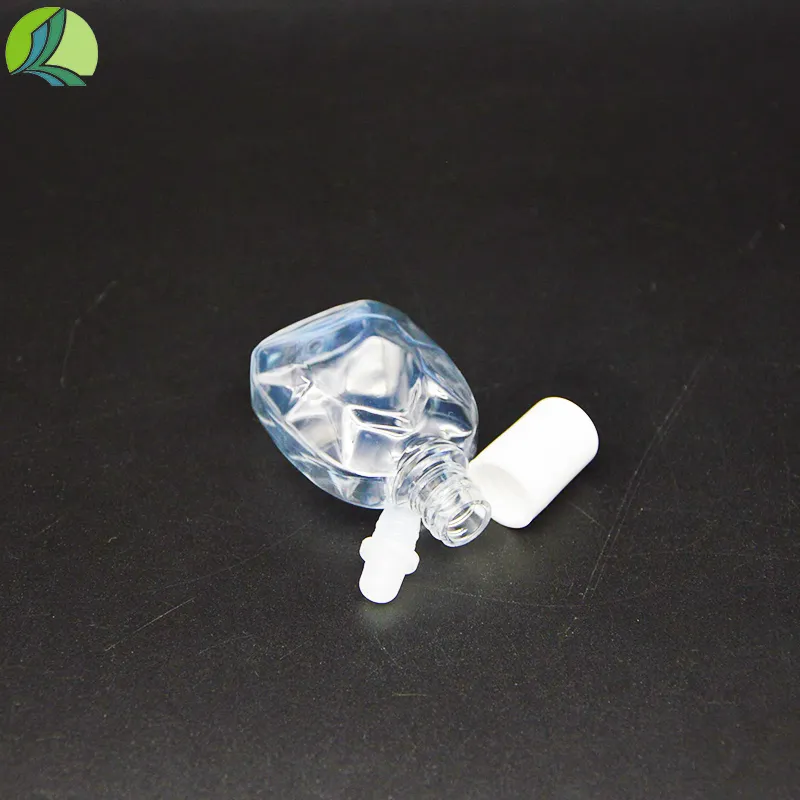https://www.wahmg.com/)">
Optimal Uses and Benefits of Blood Centrifuge Tubes in Clinical Laboratories and Research Settings
Optimal Uses and Benefits of Blood Centrifuge Tubes in Clinical Laboratories and Research Settings
Understanding Blood Centrifuge Tubes An Essential Tool in Clinical Laboratories
In the world of clinical laboratories, blood centrifuge tubes are indispensable tools that facilitate the processing and analysis of blood samples. These tubes are specifically designed to withstand the high centrifugal forces produced during the separation of blood components, making them a crucial element in hematology, biochemistry, and various other medical diagnostics.
Structure and Composition
Blood centrifuge tubes are typically made from materials such as glass or high-quality plastic. The choice of material is paramount, as it must be able to endure the stress of centrifugation while being chemically inert to prevent any reaction with the blood components. Glass tubes, while effective, are heavier and more fragile. In contrast, plastic tubes offer benefits like reduced weight and increased resistance to breakage.
One of the critical features of these tubes is their graduated scale, which allows for easy measurement of the blood volume before and after centrifugation. This is particularly important when assessing the hematocrit level (the ratio of the volume of red blood cells to the total volume of blood) or when determining the plasma and serum volumes for further testing.
Types of Blood Centrifuge Tubes
There are various types of blood centrifuge tubes, each tailored for specific functions. Some common types include
1. Plain Tubes These are designed without any additives. They are often used for serum tests, where the blood is allowed to clot, and the serum is separated following centrifugation.
2. EDTA Tubes Coated with the anticoagulant ethylenediaminetetraacetic acid (EDTA), these tubes prevent blood from clotting. They are commonly used for complete blood counts (CBC) and other tests requiring whole blood.
blood centrifuge tube

3. Heparin Tubes These tubes contain heparin, another anticoagulant, which is often used for plasma-based tests. They facilitate quick processing, as the blood can be spun down and the plasma extracted shortly after collection.
4. Citrate Tubes Citrate is used to preserve the integrity of the blood sample during testing that measures coagulation, including prothrombin time (PT) and activated partial thromboplastin time (aPTT).
The Centrifugation Process
Centrifugation is a technique that utilizes centrifugal force to separate the components of blood based on their density. When a blood sample is placed in a centrifuge, it is spun at high speeds, causing the heavier components, such as red blood cells, to move to the bottom of the tube while lighter components, like plasma or serum, rise to the top. This effective separation is pivotal for accurate laboratory analysis and diagnosis.
Importance in Diagnostics
The ability to accurately separate and analyze blood components significantly impacts diagnostic capabilities in medicine. From routine checks and preventive care to complex disease diagnostics, the role of blood centrifuge tubes cannot be overstated. They ensure that clinicians receive precise information regarding a patient's health status, leading to timely and appropriate medical interventions.
Furthermore, the standardization of these tubes across laboratories ensures consistency in results, which is essential for patient safety and effective treatment.
Conclusion
In sum, blood centrifuge tubes are a vital component of modern medical practice. Their design, functionality, and role in processing blood samples underscore their importance in clinical laboratories. By facilitating the reliable separation of blood components, they contribute greatly to accurate diagnostics and, ultimately, enhanced patient care. As technology progresses, we can expect further innovations in the design and application of these tubes, aiming for even greater efficiency and efficacy in medical testing.
-
Wholesale Plastic Juice Bottles with Caps 16 oz Options Available Bulk Packaging SolutionsNewsJun.10,2025
-
Laboratory Apparatus Reagent Bottle – Durable & Chemical Resistant Bottles for Safe StorageNewsJun.10,2025
-
Squeezable Dropper Bottles Durable, Leak-Proof & CustomizableNewsMay.30,2025
-
Affordable Plastic Petri Plates Sterile & Disposable Lab-GradeNewsMay.30,2025
-
Eye Dropper Caps Precision 24/410 & Plastic Bottle-Compatible TipsNewsMay.30,2025
-
Affordable Mini Spray Bottle Price & Wholesale Deals Shop NowNewsMay.29,2025





















